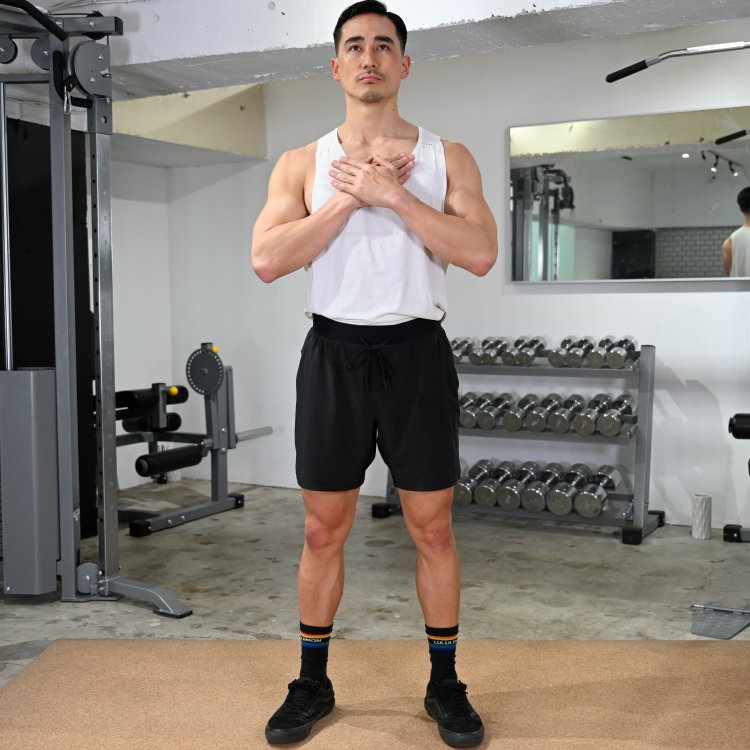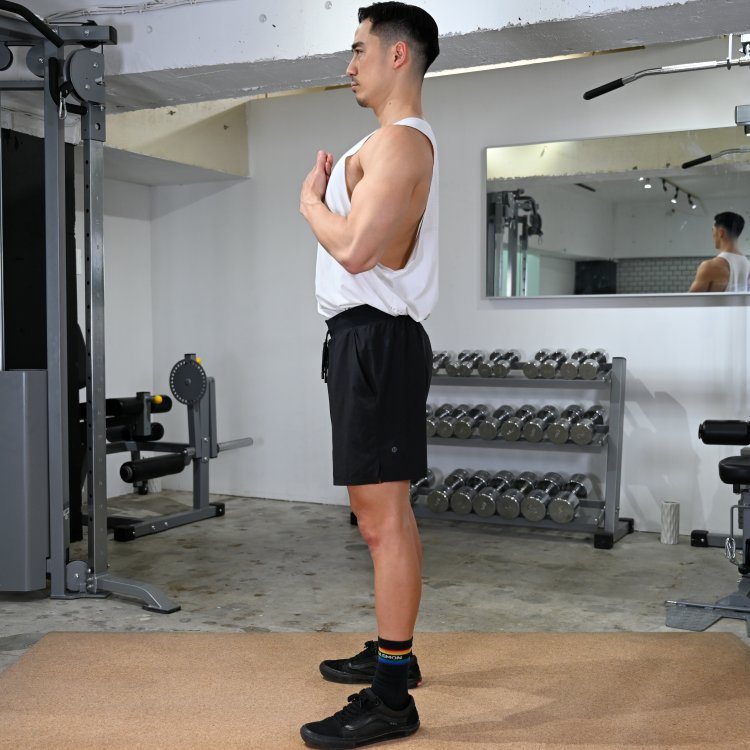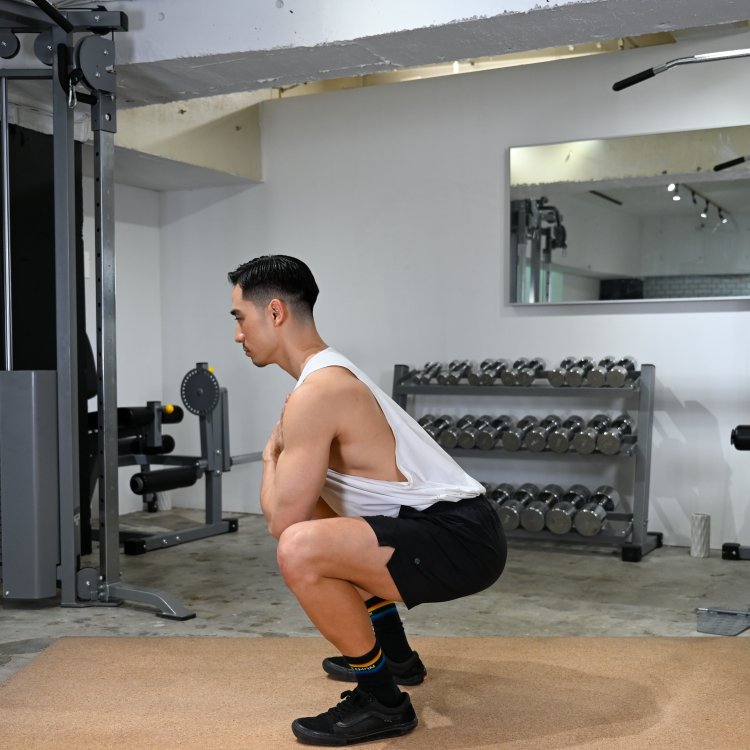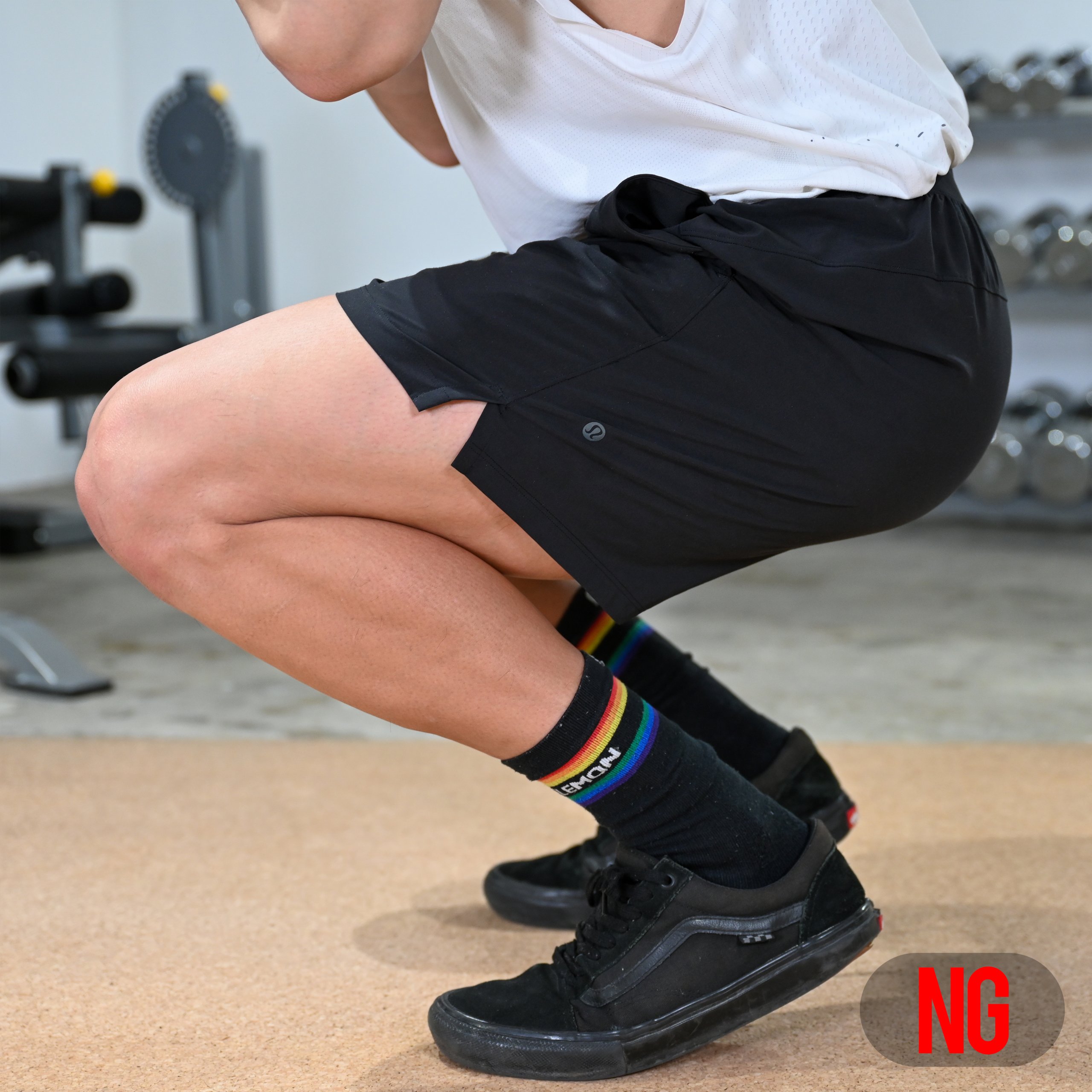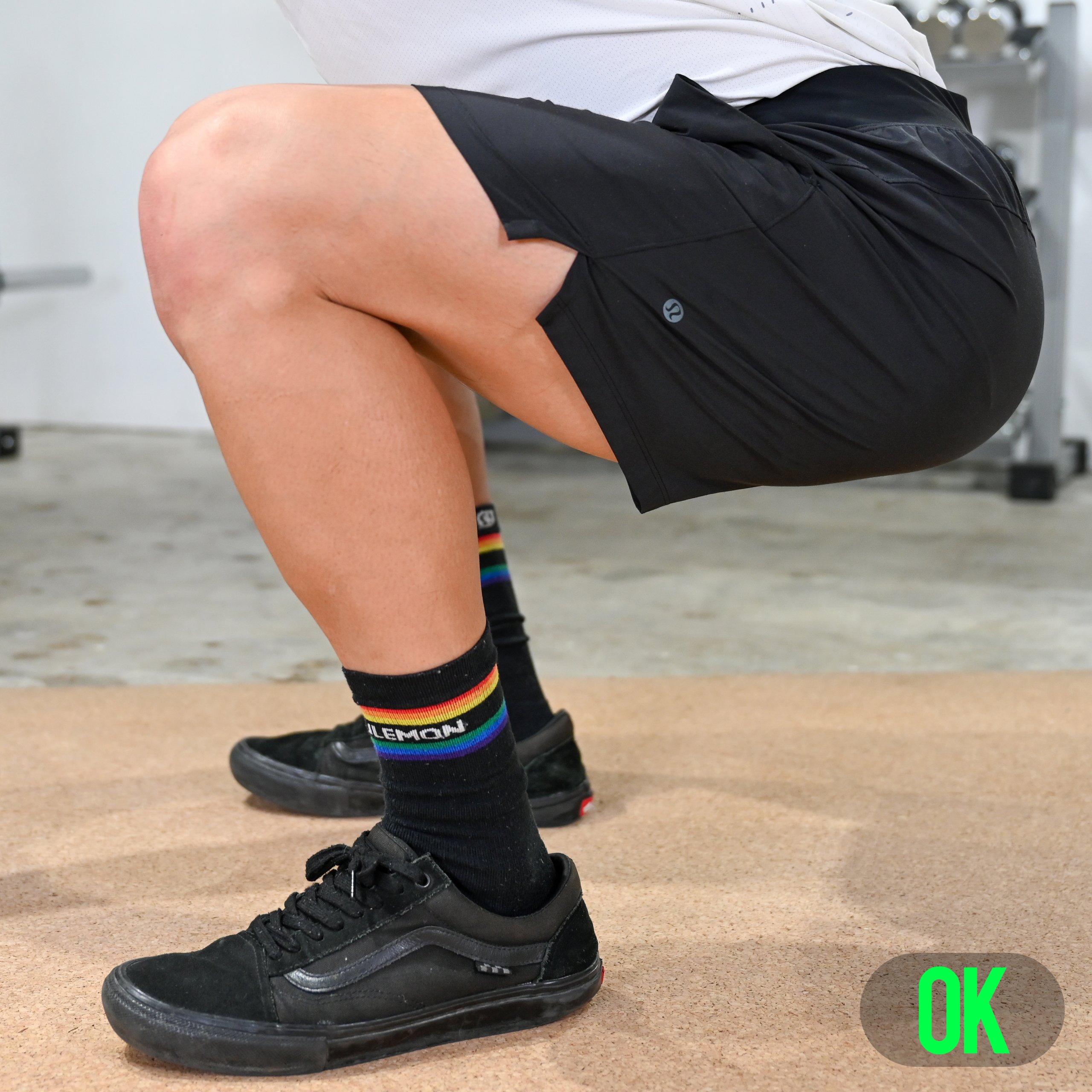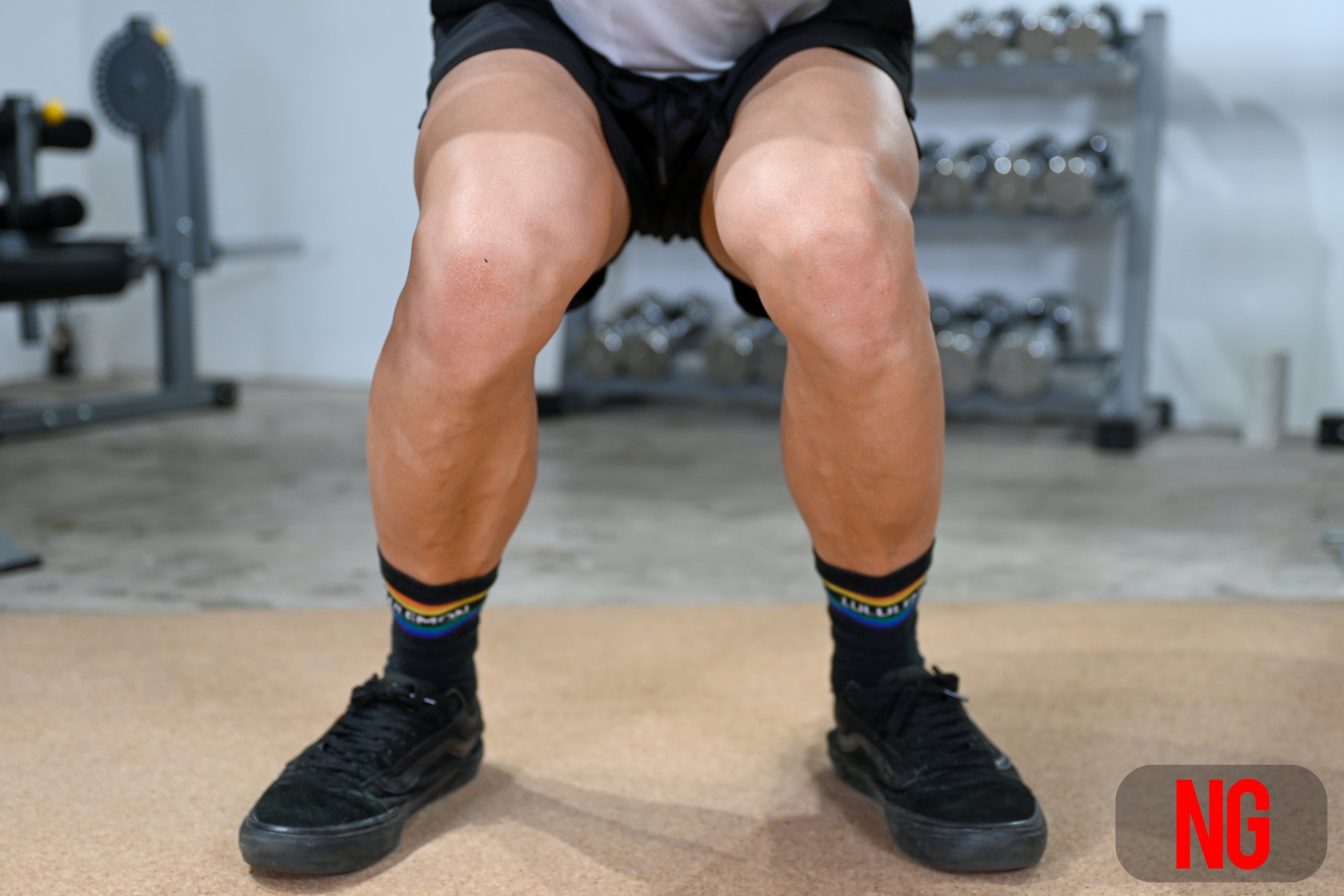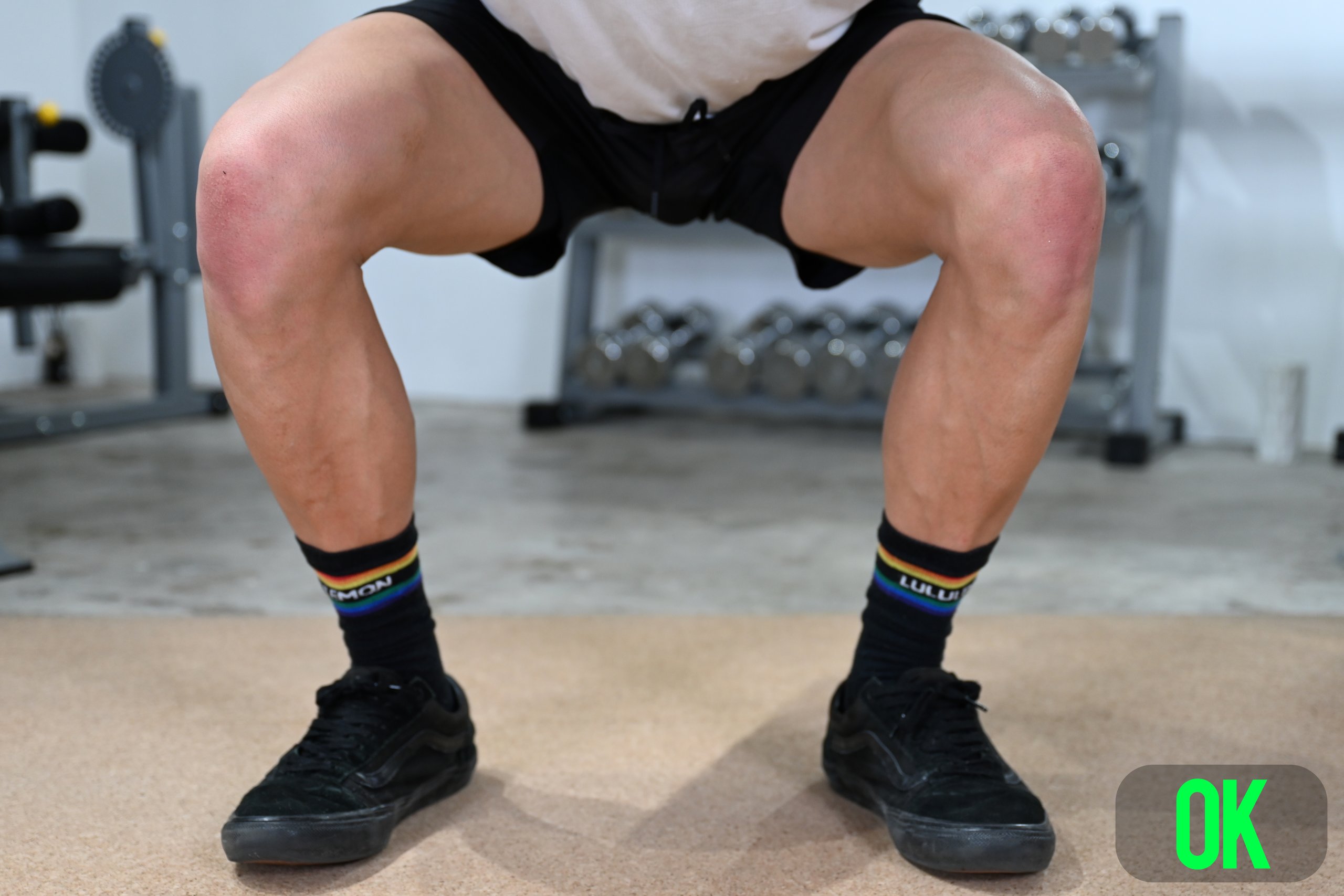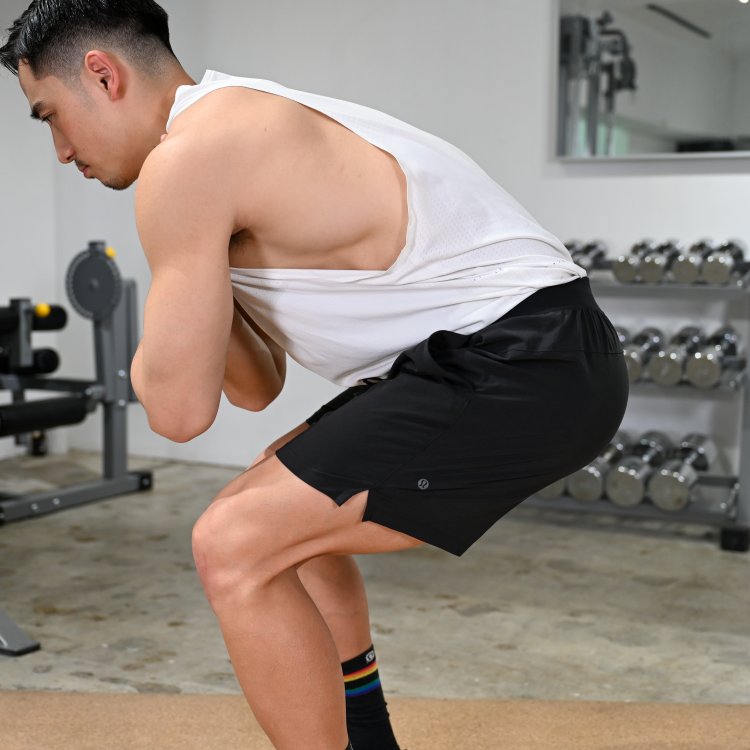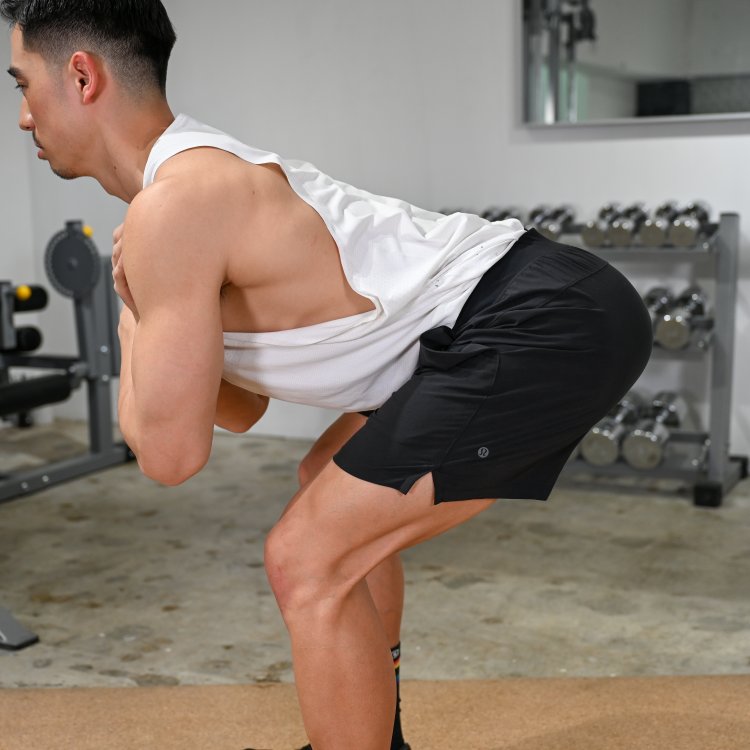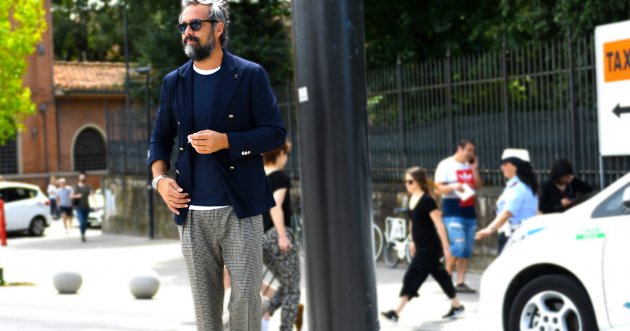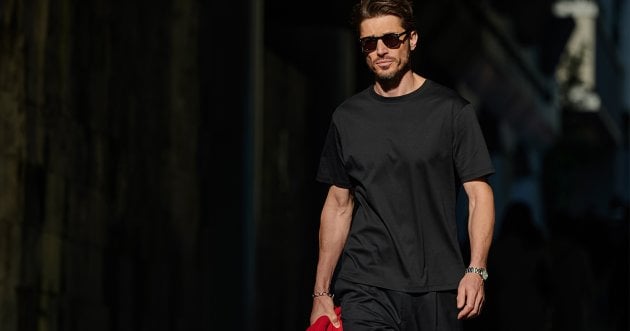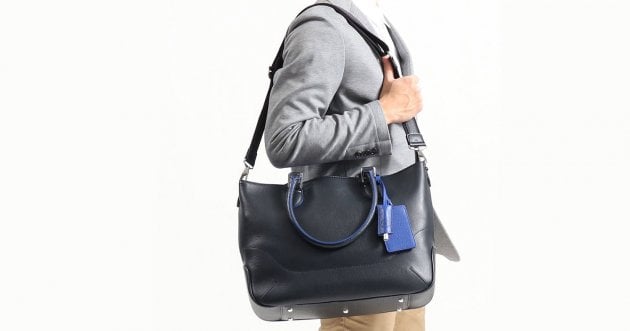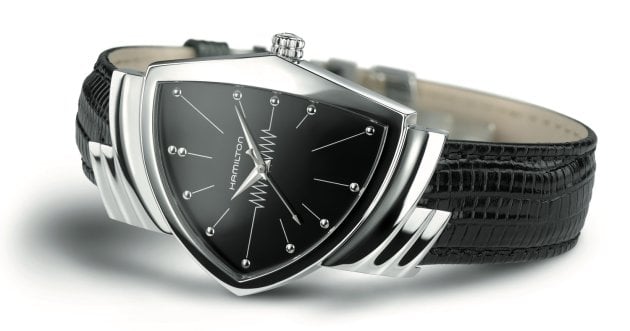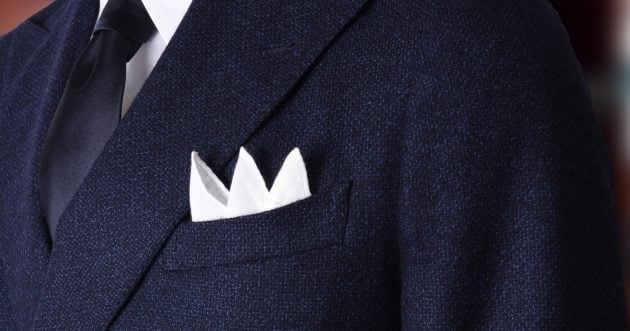
CONTENTS
- We begin with an introduction to the basics of squatting!
- (1) The benefits and advantages of squatting
- (2) Which muscles can be trained by squatting?
- (3) Types of squats and their characteristics
- (4) What is the correct form for normal squats?
- What are common squatting mistakes?
- Common squatting mistakes (1) "Knees stick out in front of the toes.
- Common Squatting Mistake #2: "The knees go inward."
- Common Squatting Mistake #3: "Rounded Back."
- Common squatting mistakes (4) "Squatting too far back."
- Introducing a training program that can be done with your own body weight utilizing squats at different levels!
- Squat Program for Beginners
- Intermediate Squat Program
- Advanced Squat Program
- You can also try the Squat Challenge!
- If you want to get good squatting results, drink protein to nourish your body!
- X-PLOSION WPC Whey Protein 3KG
- VALX WPC Whey Protein 1KG
- SAVAS Weigh Down Yogurt Flavor 870g
3 ページ以降を表示しています。
目次を表示Suponsered by
(4) What is the correct form for normal squats?
While the above mentioned variations of squats have been introduced, the first thing to keep in mind is the form of the normal squat. If you have mastered the basic form of the squat, your form will be less likely to be disrupted when you try variations. In addition, when squats are performed with correct form, the muscles can be effectively trained without putting excessive strain on the knees and hips. Since it is important to avoid injury and unnecessary strain in muscle training, where continuity is the key, we urge you to master proper squat form.
(1) Place your feet shoulder-width apart, with your toes facing slightly outward. Keep your hands clasped in front of you to prevent your hips from bending too far.
(2) Straighten your back and lightly stretch your chest. Pull your chin back lightly and keep your eyes straight ahead. Maintain this upper body posture during the movement.
(3) Pull your hips back and lower your back until your thighs are parallel to the floor. After this, return to the original posture and repeat the operation.
What are common squatting mistakes?
As a multi-joint exercise, squats are easy to get the form wrong. Continuing with incorrect form can lead to loss of flexibility and increased risk of injury, so care must be taken.
Common squatting mistakes (1) “Knees stick out in front of the toes.
A common mistake seen in beginners is a form in which the knees come out in front of the toes. Essentially, the correct form is to have the toes and knees in an almost vertical position. However, in reality, the correct form is to bend the knees while pulling the hip joints together, as if you are sitting on a chair. In reality, it is correct to bend the knees while pulling the hip joint. If you don’t get the hang of it, you can practice squats on a chair.
Common Squatting Mistake #2: “The knees go inward.”
Another common mistake made by squatting beginners is to let the knees go inward. This is called “knee-in” and can cause knee joint and back pain. There are many reasons why this knee-in may occur, but the main reason is that the ankle joint is not stable. Squat with the entire sole of your foot supporting you, and bend your knee toward the direction your toes are pointing.
Common Squatting Mistake #3: “Rounded Back.”
Rounded back is another typical squatting mistake. If the chest is not firmly stretched, the eyes drop, or the chin is pulled in too far, the back tends to round. A rounded back increases the load on the lower back, so be sure to do squats with the back straight.
Common squatting mistakes (4) “Squatting too far back.”
It is not wrong to squat with the hips bent over, but it is out of order to be too conscious of it. This can also cause back pain, so be careful. The center of gravity in a squat is basically placed on the hip joint, but if the center of gravity is placed on the hip joint and the hip joint is moved from the hip joint to the knee joint without much bending, the lower back is likely to warp. When you do the back squat with weights, your hips may also be bent over too much.
4/4GO TO NEXT PAGE
